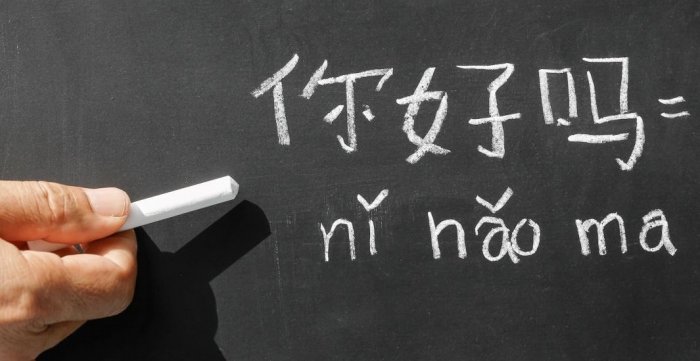Help
How to enter Mandarin characters by typing Pinyin syllables in electronic format? - a beginner’s experience

Welcome!
I am writing this introduction with the aim of informing the reader that I am not a person with a high level of linguistic qualification. Please put my article in this context as well. I hope to write similar articles in the future and describe this introduction there too.
The main objective of my communication is to present the attempts, successes, failures and experiences of a novice language learner.
My goal is to motivate everyone who just needs it.
Thanks,
MùYáng
Author of the article!
Nowadays, when we start to learn a language on our own, sooner or later we will also start searching on
Since I've only been learning Chinese for a few weeks now, I obviously don't understand the subtitles of the videos yet. When I watch a video native speakers speak so fast in most cases that I can't even recognize the sound of the words. Therefore, at first, I definitely try to create my own vocabularies, libraries of words and phrases, both in written and spoken form. However, I would like to apply this method only in the early stages of learning, until I expand my basic vocabulary a bit. Later, once my vocabulary has expanded, I would like to listen to native audio material or chat with native speakers (written and spoken).
The data entry format from online text to sound software is in traditional Mandarin symbols. Because I don't speak Mandarin, I don't know the characters. Even if I knew them, I wouldn't be able to type them with my keyboard, which is based on Latin characters. As I got to know the basics of the language, the first characters and terms, this gap appeared immediately. It was then that I decided that I had to solve the problem of electronic entry of mandarin signs.
This system of signs was called the "
These syllabic tones will then hopefully sound different to our ears (once we are able to tell them apart). So when we want to describe them in electronic text input, we have to differentiate them as well.
2. If you want to input Mandarin characters on electronic interface with our Latin letter keyboard, you need
Warning! There isn't just one Pinyin input method for these characters, but I've only learned one so far.
3. It is also possible to enter

Note: the syllables of different tones can be paired with many more Chinese characters, not just the ones illustrated here.
All the syllables of the
If we want to describe vowels formed with these tone accents, we need to know many extended
Installing a simplified Mandarin language pack for your keyboard can be done in the same way as installing any other language pack. For those who are not yet experienced with this, here is how to install the Simplified Mandarin Keyboard.
Note: I gained my experience using software installed in
When typing a Pinyin syllable, first use the
For example, if I ask "How are you?" / 你 好吗? / Nǐ hǎo ma?
After typing the syllable
Attention! Here, far more than 4 characters appear, because some tonal syllables can be described in some cases, depending on the context, by more than one character.

In some case, I have found that the Mandarin character you are looking for, does not appear between the first seven or height signs, but you can use these “down” and “up” arrows to select the appropriate sign from the other signs. In this case, we can see why it is important to know the pictures of different toned syllables to choose the right one from the menu.

The Mandarin character you are looking for, may not be found in the menu provided. In this case, I can find it in two possible ways: I copy the character that appears in the translation software, or I copy the transcribed Mandarin character found on the online converter website.
So my experience is that all possible activities can be helpful when memorizing mandarin punctuation. Of course, there are many ways to learn Chinese punctuation (hand drawing, learning with cards, or in our case, even typing with the keyboard).
For me, the
Here, you can select a specific Mandarin character as you type the

Honestly, I don't know to much mandarin characters either now. But compared to a previous situation, the current situation is already showing a change. Yes, it may seem a bit comical when I recognize just a few characters in a longer text, like "wo 我, hao 好, zhong guo 中国, mei guo 美国, ma 吗?", but it’s still a sense of success for me.
I think that was my faulty type of learning philosophy from point A to point B. Writing is an integral part of language. It may be more important to go down the road than to get somewhere. The point is to deal with it, practice it in every possible way, with diligent consistency, or with playful laxity, whichever is more appropriate.
The point is to scroll things forward …
With best regards,
MùYáng
- FAQ Author: MuYang
 May 2021
May 2021
Related topics:
- What are the 6 CEFR language levels?
- How to speak like natives with a real English accent?
- From B to C: How to Become Proficient in Any Language (part 2)
- What are the top 10 most spoken languages in the world?
- Why do Scandinavians speak an exceptional English?
Comments
 2
2
 3
All
3
All
 | GrayserenaSeptember 2022 Hi, thanks for the helpful advice. I also just got this website, please enjoy it waffle wordle |
 English
English
















































